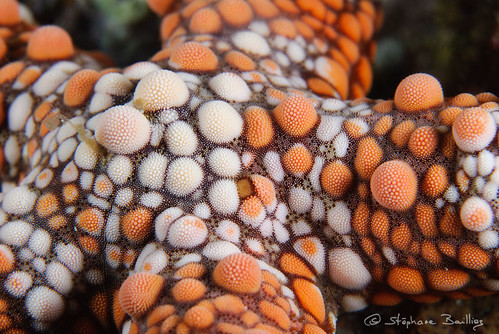JSLs: Deep Diving Invert Friends in Need!
In case you haven't heard form Deep Sea News or Pharyngula (or my own post at Eclectic Echoes), the Johanson Sea Link manned submersibles have been slated for retirement and their tender ship the R/V Seward Johnson put up for sale. Kevin and I hope you will join us in signing a petition to the powers that be in Florida to reconsider this decision and seek every opportunity find funding for them as a vital asset for science and the state.
The Johnson Sea Link submersibles
The JSL submersibles (Johnson Sea Link I and Johnson Sea Link II) are unique manned submersibles that were designed and built at Harbor Branch Oceanographic Institute in the 1970's. JSL I was launched in 1971 and JSL II launched in 1975. The submersibles were built around a 6' diameter, 5.25" thick acrylic sphere that serves as the cockpit and main viewing area, where the pilot and chief dive scientist sit. In the sphere they have a stunning 270+ degree field of view. The aft cabin was originally designed to carry lockout divers (used to survey the USS Monitor, but was converted to a secondary observation cabin which can carry a second crew member and scientist.While these were both launched over 30 years ago, they are among the youngest manned submersibles in the US science fleet, and they are still quite capable, having logged over 9000 dives during the years and having quite a busy schedule for the remaining year.
But Why Should Invertebrates (and invert lovers) Care?
Well, how about some invertebrate highlights from the JSL career:- In 1975 JSL I discovered the Oculina Bank. An incredible deep water coral reef off of Florida. The JSL crews have returned there frequently and their work led to designation of the Oculina Bank Habitat Area of Particular Concern and the Oculina Bank Expermental Closed Area. Further work by scientists on JSL missions have enumerated the ecology of these reefs including hundreds of invert species which hide among the coral branches and spaces.
- Mapping and exploration by JSL led to protection on sections of Lophelia reefs.
- By my rough count reading abstracts only from a Google Scholar search the JSLs are were instrumental in the discovery and collection of at least 100 new marine invertebrate species and at least one new fresh water decapod. (I'd love to get a firmer number on this, I wonder if anyone from HBOI knows?)
- Discovered methane-consuming worms and clams in methane lakes
- Discovered a number of sponges with chemical compounds capable of halting the growth of human cancers

Of course there are many non-invertebrate reasons to care as well. There are only 16 manned research submersibles in operation around the world, 8 in the United States. These two, with their unique capabilities would be quite a loss. Whats more the outreach and future explorer excitment value of the JSL's is huge. To put it in NASA geek terms, ROV's are the Delta-V orbital launch vehicles (e.g. "rocket") and manned submersibles such as Alvin and the JSL's are the Space Shuttles of underwater exploration.
So head over to Deep Sea News and read the first hand accounts of the JSLs from Dr. M and Kevin. While you're at it check out Southern Fried Scientist's question "Manned or Unmanned?" and a bit of my response to that question can be found in my post at Eclectic Echoes. But no matter what else you do, please read the petition and sign it if you agree with us that these vehicles are simply too valuable to retire. Then reward yourself for doing a good thing with some short movies of the JSLs' and the R/V Seward Johnson.





















